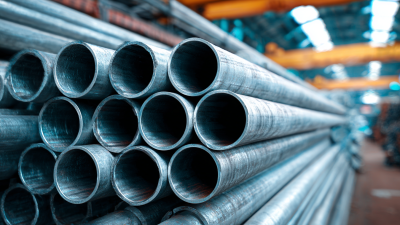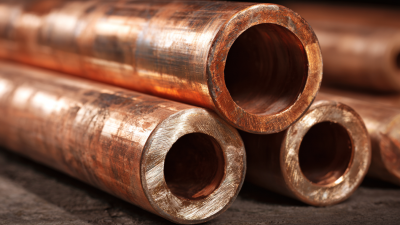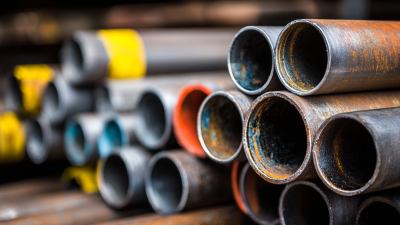Enhancing Infrastructure Durability: The Rising Demand for High-Quality Seamless Steel Pipes in 2023
In the evolving landscape of modern infrastructure, the demand for
high-quality materials has become increasingly critical,
particularly in the context of seamless steel pipes. As we step
into 2023, industries are recognizing the pivotal role
that seamless steel pipes play in enhancing the durability and longevity of various structures.
These pipes offer a distinct advantage over traditional welded alternatives, providing
superior strength, flexibility, and resistance to corrosion. Consequently,
the integration of seamless steel pipes into construction and manufacturing processes is not
just a trend but a necessity for ensuring structural integrity for years to come.
In this article, we will explore essential tips on
selecting, utilizing, and maintaining seamless steel pipes
to meet the rising standards of infrastructure durability, ultimately paving the way for a
more resilient future.
The Importance of Infrastructure Durability in Modern Construction
In the realm of modern construction, infrastructure durability has become a paramount concern, as the longevity and performance of structures are increasingly challenged by environmental factors and usage demands. Seamless steel pipes have emerged as a crucial component in enhancing this durability, offering superior strength and resistance to corrosion. As infrastructure projects evolve, the need for high-quality materials that can withstand wear and tear is more critical than ever.
Tips for ensuring the durability of infrastructure materials include selecting reputable suppliers who specialize in seamless steel pipes and conducting rigorous quality inspections. Regular maintenance checks can also help identify potential vulnerabilities early, allowing for timely interventions. Additionally, incorporating advanced protective coatings can significantly extend the lifespan of these pipes, making them a smart investment for any construction project.
Moreover, understanding the specific requirements of each project is vital. Customizing the choice of seamless steel pipes based on environmental conditions and load demands can lead to enhanced performance. Engaging with experienced engineers and leveraging technology for precise assessments can greatly contribute to the overall resilience of infrastructure, ensuring structures remain robust for years to come.
Enhancing Infrastructure Durability: The Rising Demand for High-Quality Seamless Steel Pipes in 2023
| Category |
Seamless Steel Pipe Grade |
Diameter (inches) |
Standard Length (ft) |
Expected Lifespan (years) |
Current Demand (ton) |
| Oil & Gas |
API 5L |
6 |
40 |
30 |
1500 |
| Water Supply |
ASTM A106 |
4 |
30 |
25 |
800 |
| Construction |
ASTM A53 |
8 |
20 |
40 |
1200 |
| Automotive |
DIN 2391 |
3 |
20 |
15 |
600 |
Key Characteristics of High-Quality Seamless Steel Pipes
The demand for high-quality seamless steel pipes is on the rise, driven by their crucial role in enhancing infrastructure durability.
According to market forecasts, the global seamless stainless steel pipe and tube market is projected to be valued at $5.34 billion in 2024 and is expected to reach $7.21 billion by 2033, marking a compound annual growth rate (CAGR) of approximately 3.4%.
This growth reflects a broader trend where the construction and manufacturing sectors increasingly emphasize quality and reliability over mere quantity, aligning with the "quality over quantity" paradigm observed in recent industry analyses.
The key characteristics of high-quality seamless steel pipes include superior mechanical properties, excellent corrosion resistance, and precise dimensional tolerances.
These attributes make them particularly valuable for applications in demanding environments such as oil and gas, chemical processing, and power generation.
As industries around the globe adapt to challenges like geopolitical tensions and economic uncertainty, the shift towards durable and high-performing materials remains critical.
Companies that innovate and focus on the development of high-end products are likely to capture substantial market share, further influencing growth trajectories in this segment of the steel market.
Emerging Trends in the Seamless Steel Pipe Market for 2023
In 2023, the seamless steel pipe market is witnessing significant growth driven by the rising demand for durable infrastructure. The market's expansion can be attributed to various factors, including increased investment in construction and the oil and gas sector. As the world focuses on enhancing infrastructure resilience, high-quality seamless steel pipes are becoming indispensable due to their superior strength and corrosion resistance, making them ideal for challenging environments.
**Tips:** When selecting seamless steel pipes for projects, consider the specific application requirements, such as temperature, pressure, and the types of fluids being transported. It's also advisable to choose manufacturers known for their quality assurance practices to ensure reliability and longevity.
The stainless steel seamless pipes segment is projected to reach USD 5.15 billion by 2030, highlighting the growing trend towards advanced materials in industry applications. Emerging markets, particularly in Africa, are experiencing substantial growth, with a forecasted consumption of 50,000 tons by 2035. This shift indicates a robust potential for future investments in seamless steel pipe production and innovation.
**Tips:** Stay abreast of market trends by subscribing to industry reports that provide insights into pricing and technological advancements. Engaging with experts in the field can also help identify opportunities for incorporating new materials and methods into your projects.
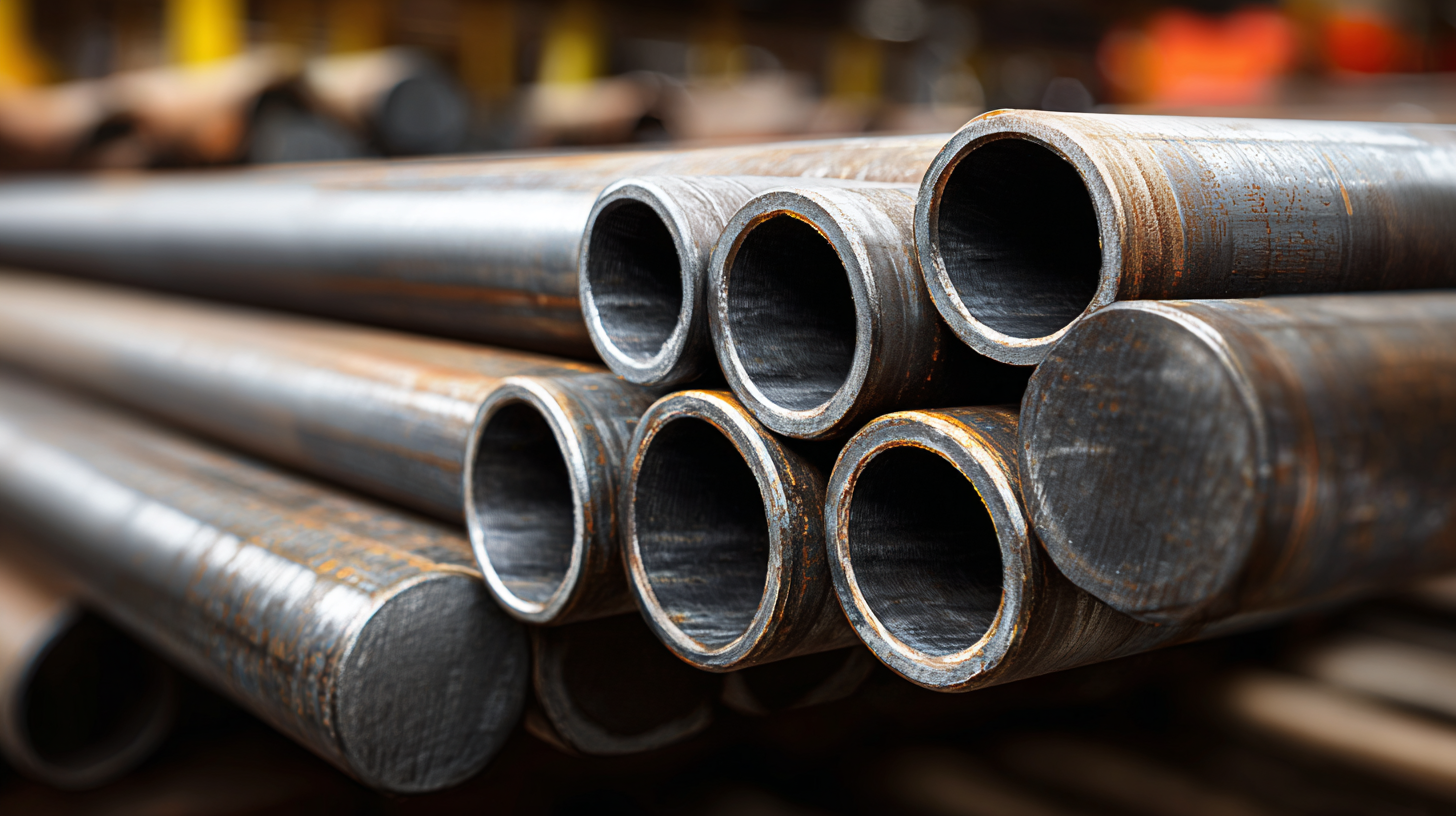
Environmental Impact and Sustainability of Seamless Steel Pipes
The production and use of seamless steel pipes are increasingly scrutinized through the lens of
environmental sustainability. In 2023, the rising demand for
high-quality seamless steel pipes aligns with the industry's focus on minimizing environmental impact.
Recent developments in the sector highlight a commitment to sustainable practices, such as advancements
in digital production technologies that enhance efficiency and reduce waste throughout the manufacturing
process. These innovations not only bolster the durability of steel infrastructures but also contribute to
significant reductions in carbon footprints.
For instance, the integration of multi-walled carbon nanotubes in
concrete formulations has been shown to improve durability while replacing traditional Portland cement,
thereby promoting sustainability. Additionally, companies are investing in renewable energy projects, further
driving down greenhouse gas emissions associated with steel production. According to industry reports,
sustainable steel construction methods could reduce embodied carbon by up to
25% over traditional practices.
Tips: To choose sustainable materials effectively, consider the environmental certifications
of the products you use and seek suppliers who are committed to eco-friendly
manufacturing processes. Additionally, stay informed about advancements in recycling technologies, such as
friction stir extrusion, which can create more sustainable production pathways. Emphasizing quality and
sustainability not only contributes to enhanced infrastructure durability but also ensures compliance with
increasing regulatory requirements and consumer expectations.
Applications of Seamless Steel Pipes in Infrastructure Projects
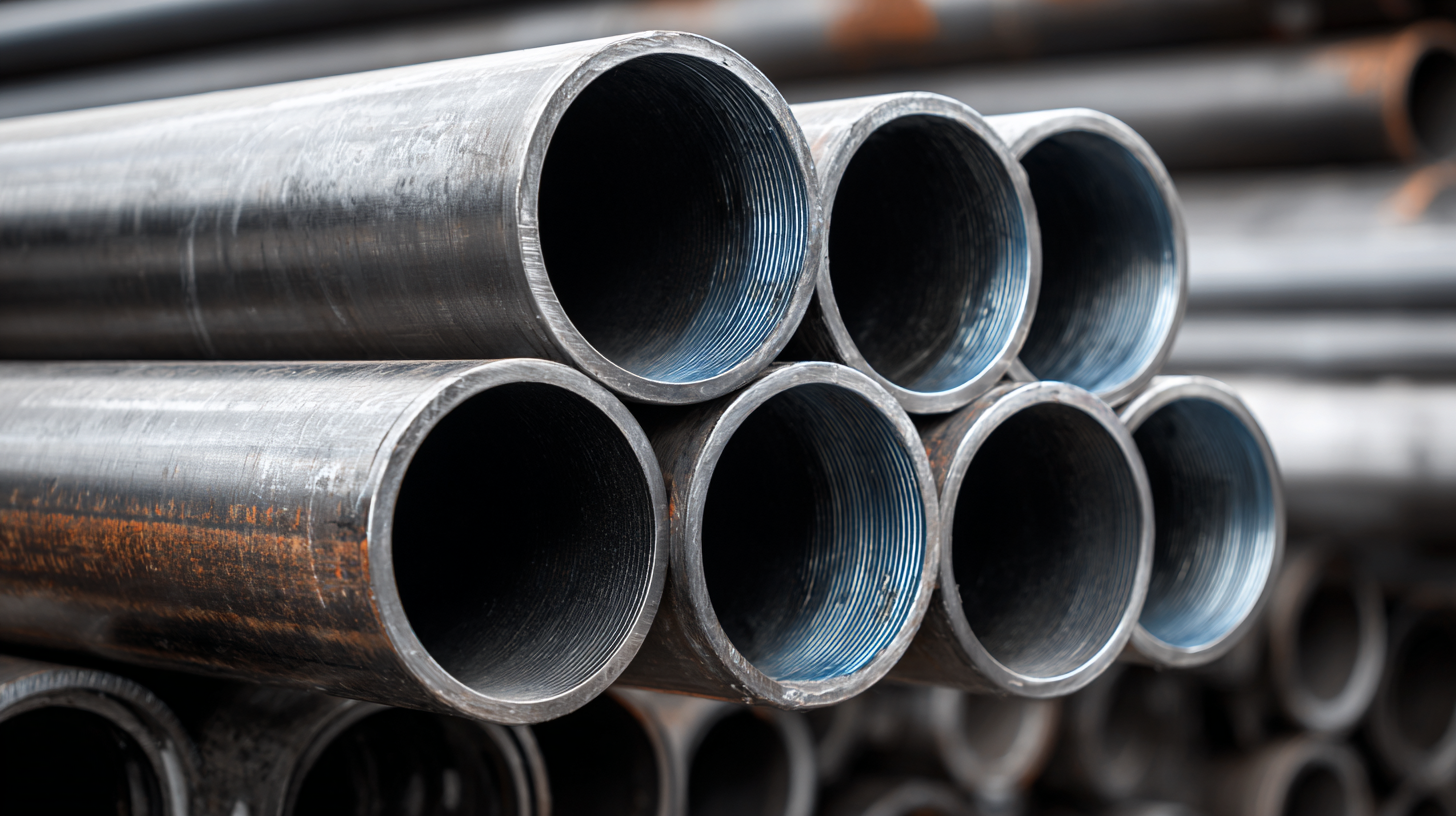 Seamless steel pipes are becoming increasingly important in various infrastructure projects due to their superior characteristics, such as strength, durability, and resistance to corrosion. In 2023, the demand for these high-quality pipes is on the rise, particularly in applications involving water transport, oil and gas distribution, and construction frameworks. The absence of seams in these pipes enhances their ability to withstand high pressures, making them ideal for critical infrastructure that requires enhanced safety and reliability.
Seamless steel pipes are becoming increasingly important in various infrastructure projects due to their superior characteristics, such as strength, durability, and resistance to corrosion. In 2023, the demand for these high-quality pipes is on the rise, particularly in applications involving water transport, oil and gas distribution, and construction frameworks. The absence of seams in these pipes enhances their ability to withstand high pressures, making them ideal for critical infrastructure that requires enhanced safety and reliability.
In the construction industry, seamless steel pipes play a crucial role in building structural supports and frameworks that need to endure dynamic loads and harsh environmental conditions. Additionally, in the energy sector, they are essential for transporting fluids and gases over long distances, ensuring efficient and secure delivery without the risk of leaks. Their versatility and robust performance make seamless steel pipes a preferred choice for engineers and project managers aiming to enhance the longevity and safety of infrastructure projects.

Home
About Us
Products
Carbon & Carbon Alloy Steel
Stainless Steel
Copper & Nickel Alloy
Heat Efficiency Tubes
Pipe Fittings
Pipe Flanges
Gasket, Stud Bolt &Nut
Industrial Valves
Tech & Service
Blog
Contact Us


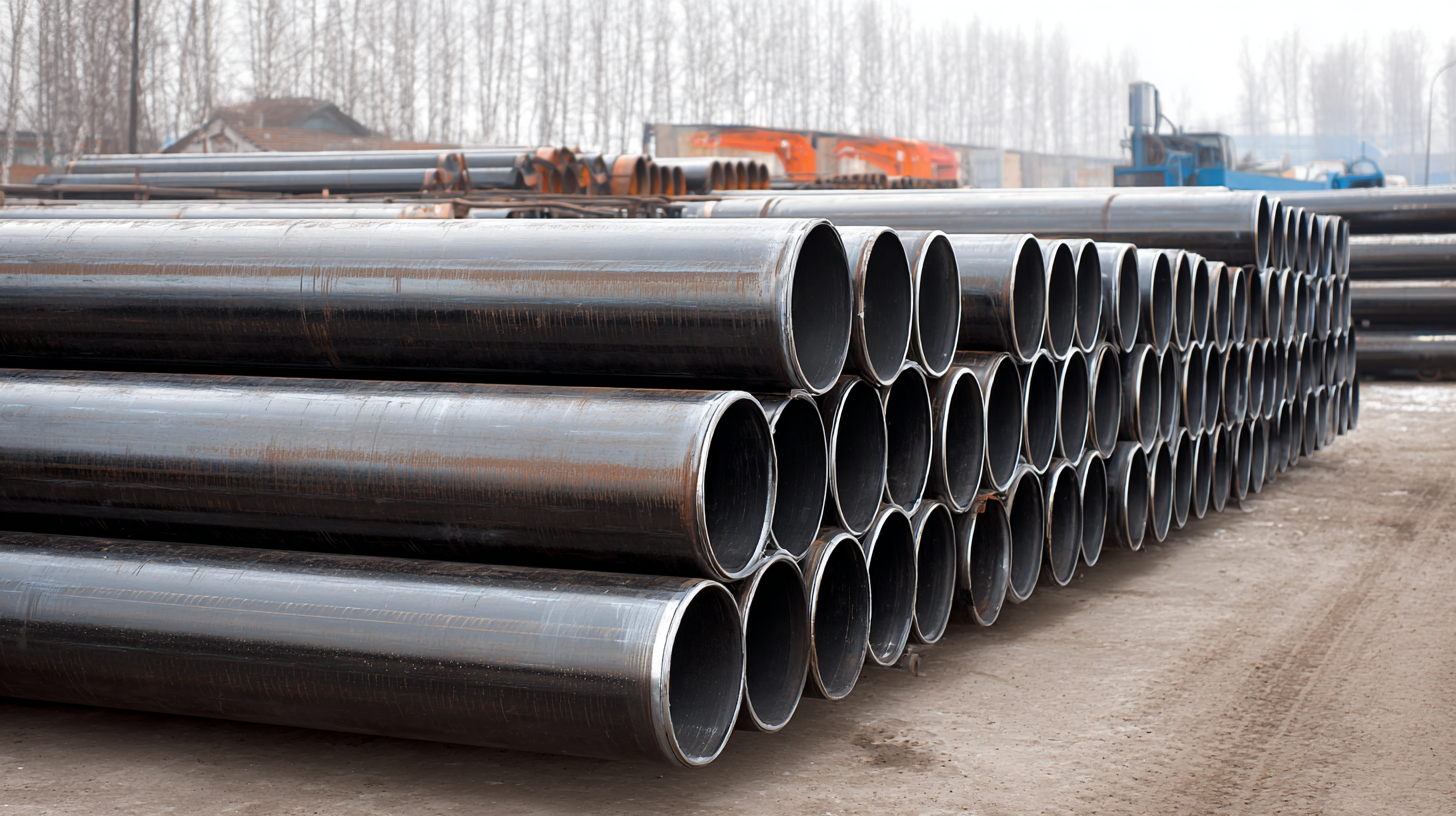

 Seamless steel pipes are becoming increasingly important in various infrastructure projects due to their superior characteristics, such as
Seamless steel pipes are becoming increasingly important in various infrastructure projects due to their superior characteristics, such as 